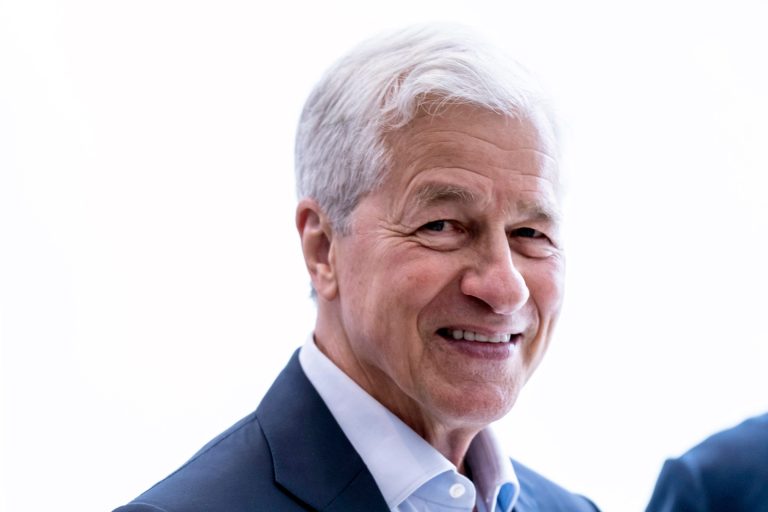Introduction: The Silent Crisis in Today’s Workforce
As organizations brace for the future of work, they’re confronting a critical and often overlooked challenge: a leadership vacuum. At the heart of this leadership gap lie two massive generational shifts—Gen Z entering the workforce in droves and baby boomers exiting at an accelerating rate.
This shift is more than just a demographic reshuffle. It’s creating confusion, friction, and declining productivity, while workplace morale steadily dips. With the old guard retiring and the new generation seeking different values in work and leadership, the void in effective management is growing—and it’s threatening to derail organizational success.
Let’s explore how Gen Z and boomers are jointly driving this leadership vacuum, what it means for your organization, and what steps you can take to fill the gap before it’s too late.
The Leadership Vacuum: What Is It?
A leadership vacuum occurs when organizations lack sufficient or effective leadership to guide, motivate, and align their teams. It leads to:
- Declining productivity
- Low morale
- Unclear direction
- Poor decision-making
- Talent attrition
This vacuum is now emerging in stark contrast between two dominant workforce groups: baby boomers (born 1946–1964) and Gen Z (born 1997–2012).
Boomers: The Knowledge Drain
Baby boomers hold decades of institutional knowledge, management experience, and leadership credibility. They’ve traditionally occupied senior roles and built stable hierarchies. But they’re now retiring in record numbers, and with them, they’re taking:
- Deep industry expertise
- Mentorship capacity
- Crisis leadership experience
- Company-specific knowledge
Why Is This a Problem?
- Succession planning is lacking in many companies.
- Few organizations have prepared middle managers to step up.
- Boomers often resist handing over control or digitizing processes—slowing transformation.
By the time they leave, much of what they know hasn’t been documented or transferred, creating dangerous blind spots.
Gen Z: Ready, but Not Aligned
Gen Z brings fresh energy, tech-savviness, and a drive for purpose, flexibility, and innovation. But they’re entering workplaces with:
- Limited leadership training
- High expectations for work-life balance
- Low tolerance for traditional hierarchies
- Different views on authority and communication
They’re hungry for change, but many are not yet ready to step into senior leadership roles—nor do they want to in the traditional sense.
Common Gen Z Challenges:
- Preference for horizontal over vertical leadership
- Struggles with constructive feedback
- Tendency to job-hop, hindering leadership continuity
- Expect emotional intelligence over directive management
The Clash: How Boomers and Gen Z Create the Gap Together
Ironically, the combined behaviors of Gen Z and baby boomers are deepening the leadership vacuum:
| Baby Boomers | Gen Z |
|---|---|
| Holding on to authority | Avoiding traditional leadership roles |
| Resistance to tech innovation | Demand for digital-first tools |
| Slow to retire in key sectors | Seeking instant influence and recognition |
| Top-down communication | Value open, empathetic dialogue |
This intergenerational misalignment means critical leadership roles are unfilled, or worse—filled ineffectively.
Impact on Workplace Morale and Productivity
When leadership lacks clarity and continuity, the ripple effect on employees is huge:
1. Productivity Suffers
- Teams lack strategic direction.
- Delayed decision-making stalls execution.
- Innovation slows without leadership support.
2. Morale Declines
- Younger workers feel unheard or unsupported.
- Older workers feel undervalued or pushed out.
- Employees become disengaged without trusted mentors.
3. Culture Weakens
- Core values are unclear.
- Cross-generational tension rises.
- Collaboration breaks down.
4. High Turnover
- Gen Z job-hops due to lack of growth.
- Mid-level managers burn out from unclear expectations.
- Organizations lose valuable talent from both ends of the spectrum.
Bridging the Generational Leadership Gap: Solutions That Work
Organizations need to be proactive to fix the leadership gap before it causes irreversible damage. Here’s how:
1. Invest in Cross-Generational Mentorship
Pair experienced boomers with Gen Z employees. This dual learning exchange helps:
- Transfer knowledge
- Build trust
- Prepare Gen Z for leadership roles
2. Create Leadership Tracks for Gen Z
Develop flexible, purpose-driven leadership paths that align with Gen Z values:
- Social impact roles
- Rotational programs
- Hybrid work leadership
3. Digitize Succession Planning
Use technology to:
- Capture institutional knowledge
- Track leadership development metrics
- Automate mentorship matching
4. Train Mid-Level Managers
Empower Gen X and millennials (the bridge generation) to:
- Act as stabilizers during the transition
- Coach both up and down the hierarchy
- Keep cultural consistency
5. Encourage Psychological Safety
Let employees:
- Speak up without fear
- Challenge outdated norms
- Learn from mistakes without blame
Case Study: Adobe’s Cross-Generational Leadership Program
Adobe launched a reverse mentorship program where Gen Z employees mentor senior executives on digital trends, social media, and DEI topics. In turn, senior leaders mentor them on strategic planning and business development. The result?
- Improved retention
- Better innovation
- Stronger succession planning
Other companies like Microsoft, Unilever, and Google are also adopting similar programs to future-proof leadership.
The Future of Work Depends on Leadership
The coming years will test whether companies can bridge the generational divide and build a sustainable leadership pipeline. Those who fail may face:
- Talent shortages
- Cultural decay
- Stagnant innovation
- Loss of market relevance
But those who act now can turn the leadership vacuum into a growth opportunity.
Conclusion: The Vacuum Is Real—But It’s Also Fixable
Gen Z and boomers are unintentionally driving a leadership vacuum—but the solution lies in connection, coaching, and culture. By leveraging the strengths of both generations and building bridges through mentorship and innovation, organizations can not only close the leadership gap—they can thrive through it.
Because the future of leadership isn’t about age—it’s about adaptability, empathy, and evolution.
Meta Description (SEO)
A growing leadership vacuum driven by Gen Z’s rise and baby boomers’ exit is hurting productivity and morale. Learn how to bridge the gap and future-proof your workforce.
FAQs
Q1: Why is there a leadership vacuum at work?
The leadership vacuum is caused by the mass retirement of baby boomers and Gen Z’s reluctance or unreadiness to take on traditional leadership roles.
Q2: How does this affect productivity and morale?
Without effective leadership, teams lack direction, employees feel disengaged, and organizational performance suffers.
Q3: What can companies do to fix the leadership gap?
Companies should invest in mentorship programs, leadership training, and create purpose-aligned leadership paths for Gen Z while documenting boomer knowledge before retirement.
Q4: What industries are most affected by this vacuum?
Healthcare, finance, manufacturing, and education are among the most affected due to their reliance on experienced leadership and aging workforces.




